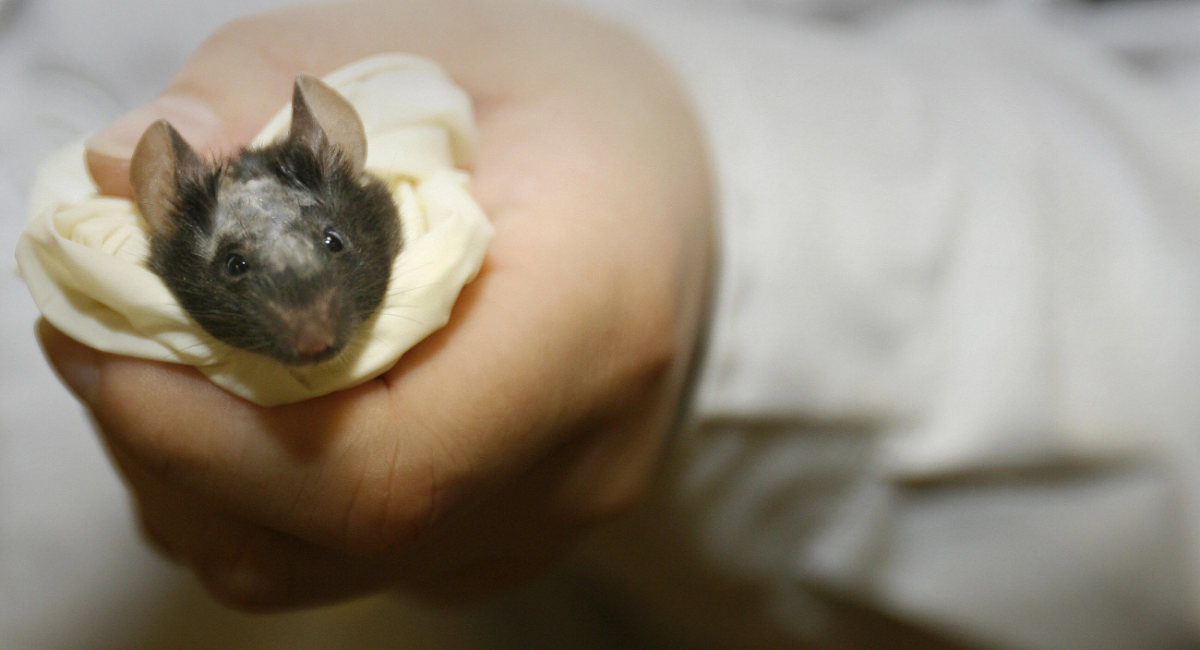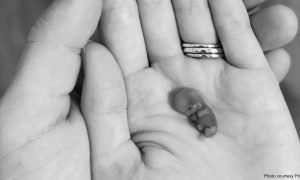(National Review) Scientists in China have previously successfully manufactured mice with two mothers and no father. Now, they have genetically manipulated sperm from two male mice to allow both to father pups. From the New Scientist story:
For the first time, mice with two fathers have gone on to have offspring of their own — marking a significant step towards enabling two men to have children to whom they are both genetically related. However, there is still a long way to go before this could be attempted in people.
Yanchang Wei at Shanghai Jiao Tong University in China achieved the feat by putting two sperm cells together in an egg whose nucleus had been removed. The team then used a method called epigenome editing to reprogram seven sites in the sperm DNA, which was needed to allow the embryo to develop.
There is no pressing scientific purpose for these experiments beyond animals. If it is tried in humans — which, I predict, it will be at some point — the point will be about pure social engineering, and I believe, furthering the ongoing collapse of the traditional family structure:
Because it doesn’t involve genetic modification, the epigenome-editing approach could, in principle, be used to allow same-sex couples to have genetic children of their own. However, the success rate would need to be much higher before the technique could be considered for use in people.
“While this research on generating offspring from same-sex parents is promising, it is unthinkable to translate it to humans due to the large number of eggs required, the high number of surrogate women needed and the low success rate,” says Christophe Galichet at the Sainsbury Wellcome Centre in the UK.
Such acts would have nothing whatsoever to do with the wellbeing of the child. Indeed, the safety of deploying these techniques in humans could not be ethically tested. Plus, the “fathers” would still need a woman to gestate the child, raising other significant ethical concerns.
I am not surprised that it was done in China, the land where scientific ethics go to die. Nor am I surprised that the New Scientist story never brought up the issue.
Editor’s Note: This article was originally published at National Review and is reprinted here with permission.








